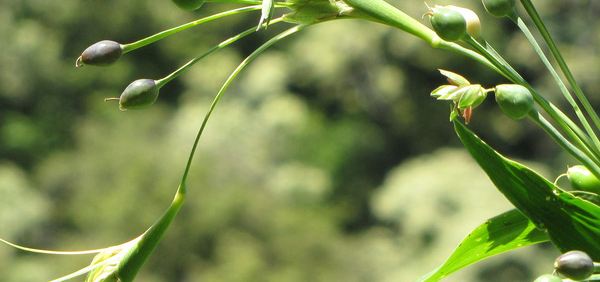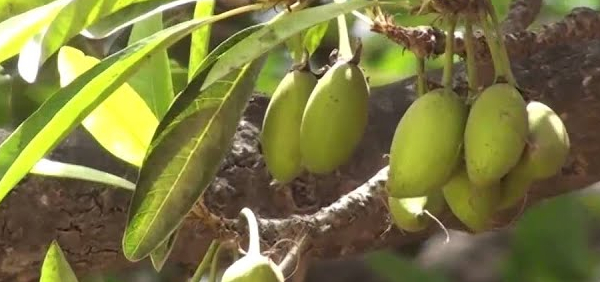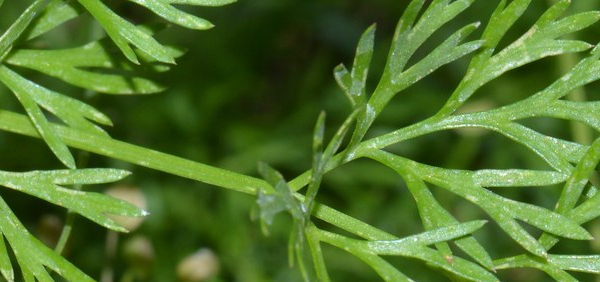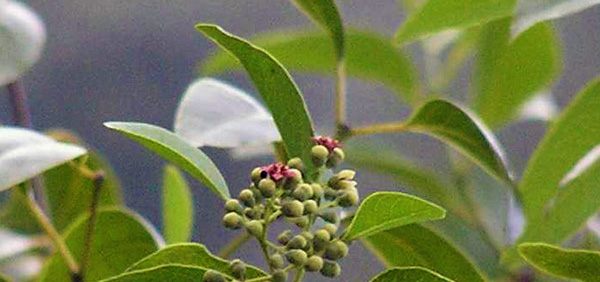dhanya :

Cultivation:
Rice can be grown in the moist tropics, subtropics and warm temperate zone, succeeding at elevations up to 2,500 metres in tropical areas. It grows best in areas where annual daytime temperatures are within the range 20 - 30°c, but can tolerate 10 - 36°c. Growth ceases below 10°c and plants have no tolerance to frost. It prefers a mean annual rainfall in the range 1,500 - 2,000mm, but tolerates 1,000 - 4,000mm.Requires a wet to inundated soil and a position in full sun. Prefers a pH in the range 5.5 - 7, tolerating 4.5 - 9
Depending upon variety, rice can mature a crop of seed in anything from 60 - 200 days.
There are many named varieties that have been developed from the original wild form and can be grown in a wide diversity of climates and soil types[]. These can be grouped into three main forms:-
Japonica - developed in the cooler regions of the tropics and subtropics, it can also be grown in warm temperate areas. Small to medium plants, they develop few tillers and produce short, roundish grains that tend to be moist and sticky when cooked.
Javanica (often called tropical Japonica) - grown at higher elevations in the tropics, they are tall plants that develop few tillers. They produce long, broad, thick grains.
Indica - the major form of rice, cultivated widely at lower to medium elevations in the tropics and subtropics. Tall plants, they form many tillers and produce slender, short to long grains that are drier and flakier when cooked
There are many different cultivars of each form. Some of these cultivars are starchy and are more suited to use in cakes, soups, pastry, breakfast foods etc. Other cultivars have a sweeter, glutinous texture, these are used for special purposes such as sweetmeats
Within these divisions, the varieties are further defined by whether they have short, medium or long grains. Long grained forms usually have the highest value, though short-grained forms are preferred in many countries.
Propogation:
SeedHarvesting:
The rhizomes are harvested at the end of the growing season and dried for use in decoctions- » Classification and names of dhanya
- » Synonyms and definitions of dhanya
- » Drug Properties of dhanya
- » Chemical Constituents of dhanya
- » Standardization of dhanya
- » Parts used and Dosage of dhanya
- » Morphology and Histology of dhanya
- » Distribution and Conservation of dhanya
- » Cultivation of dhanya
- » dhanya in the market
- » Medicinal Uses of dhanya
- » Researches and clinical trails of dhanya
- » dhanya in other sytems of medicine
- » Ayurvedic formulations with dhanya
- » Images of dhanya














